Today car modification is big business, and whether you have a company car, or are looking to make some changes on your own vehicle, there are a few things that you might want to bear in mind before getting your car booked in.
Vehicle wrapping
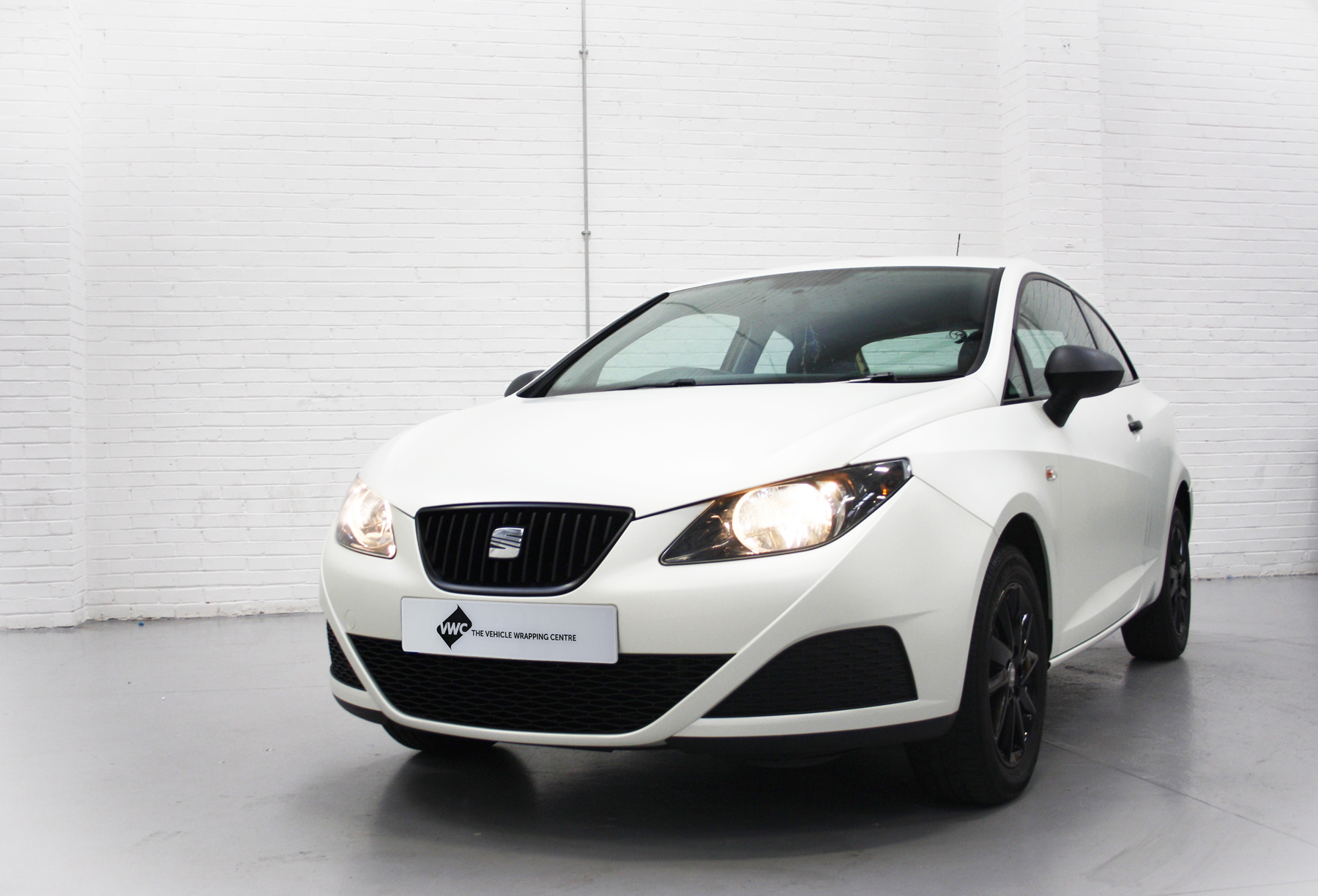
Although there are currently no laws on what you get on your car, van or lorry, there are a couple of things that you might want to bear in mind.
If you are having your vehicle completely re-wrapped, although the DVLA does not consider this to be a permanent change, it is now the vehicle owner’s legal responsibility to notify the authority that the vehicle has changed colour.
You can do this by updating the vehicle’s CV5 certificate and sending it off alongside evidence that you have changed the colour of your vehicle. Find out how to do this, here.
Another thing that you may want to do is to notify your insurance company that you have had your vehicle wrapped. Although the cost of your insurance is unlikely to change because of it, the company will want to be aware of any costs in regards to fixing or replacing the wrap – should you be involved in an accident.
Window tints
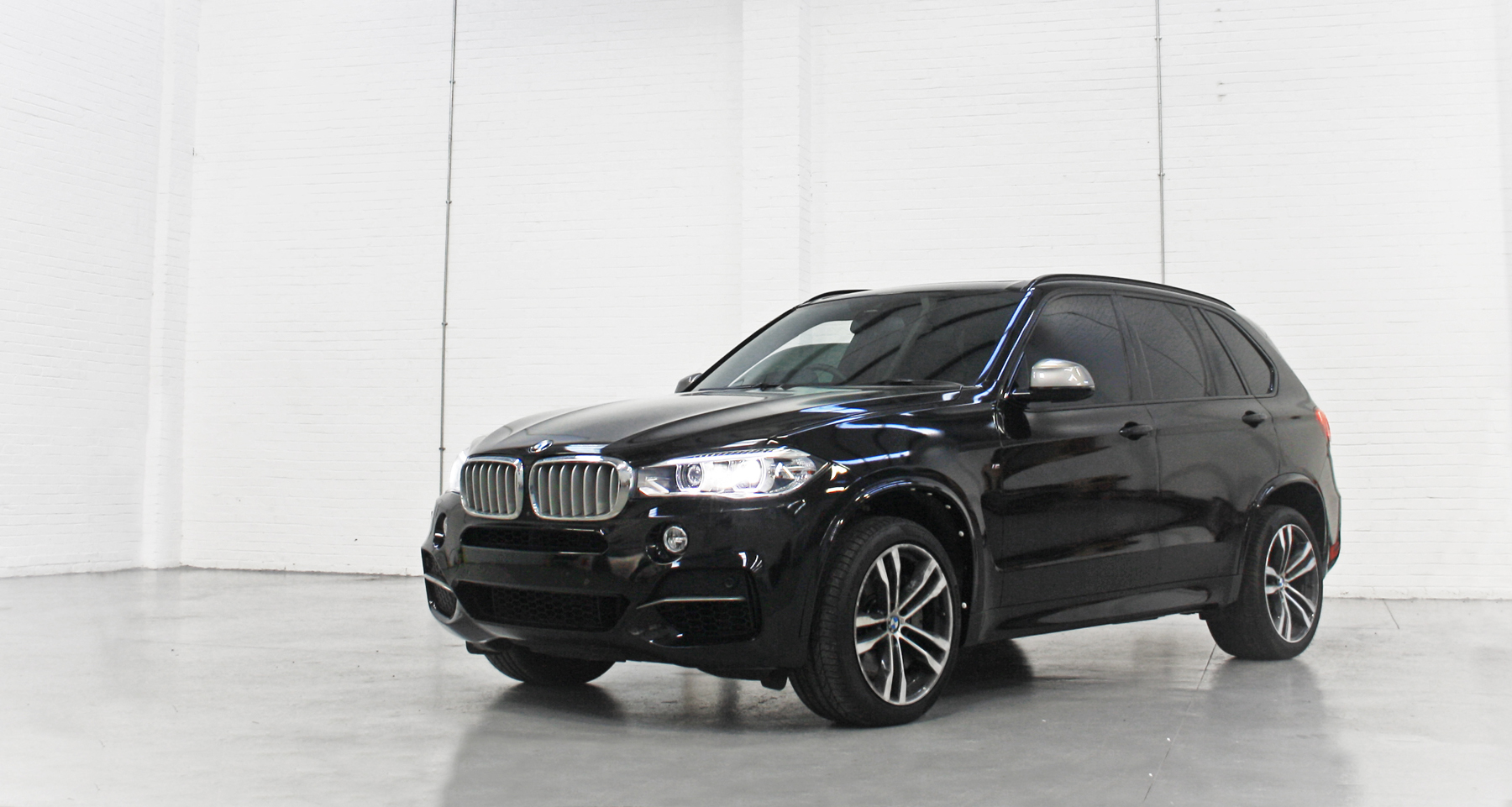
Although window tints were once a popular modification for boy racers, the truth is that they are becoming increasingly popular for businessmen and private vehicles.
You might be glad to know that there are actually no rules regarding tints in the rear windscreen or rear side windows of a vehicle. That said however, rules for the front windscreen and front side windows differ depending on the age of a vehicle.
And this is where it becomes a tad complicated.
The Law
Vehicles first used on 1 April 1985 or later may have front windscreen tints that allow 75 per cent of the light to pass. Front side windows must allow at least 70 per cent of the light through.
For vehicles used before 1 April 1985, they must have front windscreen and side windows that allow at least 70 per cent of light to pass into the car.
The reasoning
Window tint laws exist so that a driver’s vision is by no way impeded by the tints on the windows. In the past, there has been evidence to suggest that heavily tinted windows have contributed towards road accidents.
The penalties
At this point it is also worth noting that it is not only vehicle owners that can face penalties for illegal window tints, as both sellers and installers can also face legal action as a result of heavily tinted windows.
For the owners, once the police or the DVSA have conducted tests, they could either be served with a prohibition notice, taking the car off the road until the windows are changed, or given a penalty notice or court summons.
It is also important to realise that tinted windows are not tested during an MOT test.
Exhaust system
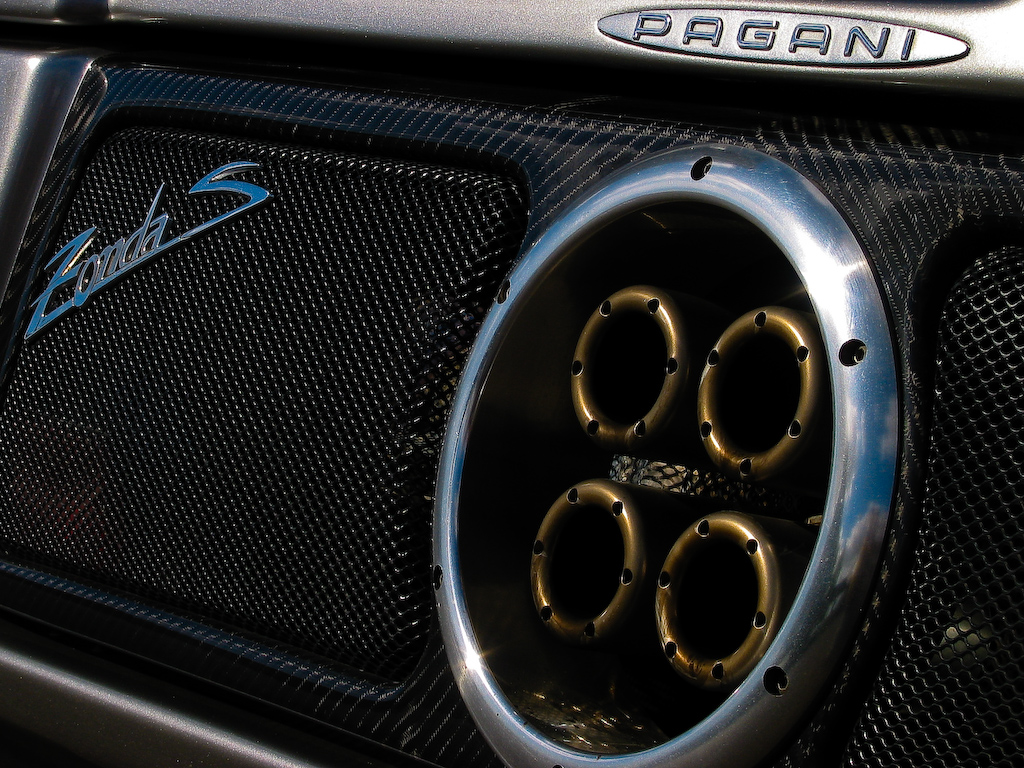
In regards to the exhaust system of a car, the law is very strict.
It states that all exhaust silencers must be maintained to a good working order and must not be modified or removed in any way that will make the exhaust louder than it was at the point of manufacture.
The maximum noise that a car is allowed to omit is 82 decibels – roughly two decibels above the noise of a busy street. That said however, some police forces have been known to allow a maximum level of around 90 decibels to take into account the wear and tear of a vehicle, which can sometimes cause it to be louder than usual.
The Penalties
Although it is not illegal to sell large or big bore exhaust systems, it is illegal to have them installed on a car that is to be driven on a public road. In a similar way to window tints, the noise of an exhaust is not recorded during an MOT, as only gasses and emissions are checked for legal compliance.
Motorists caught with modified, large or big bore exhausts may be reported to court and charged with a penalty, alongside any other court costs.
Undercar neon lights
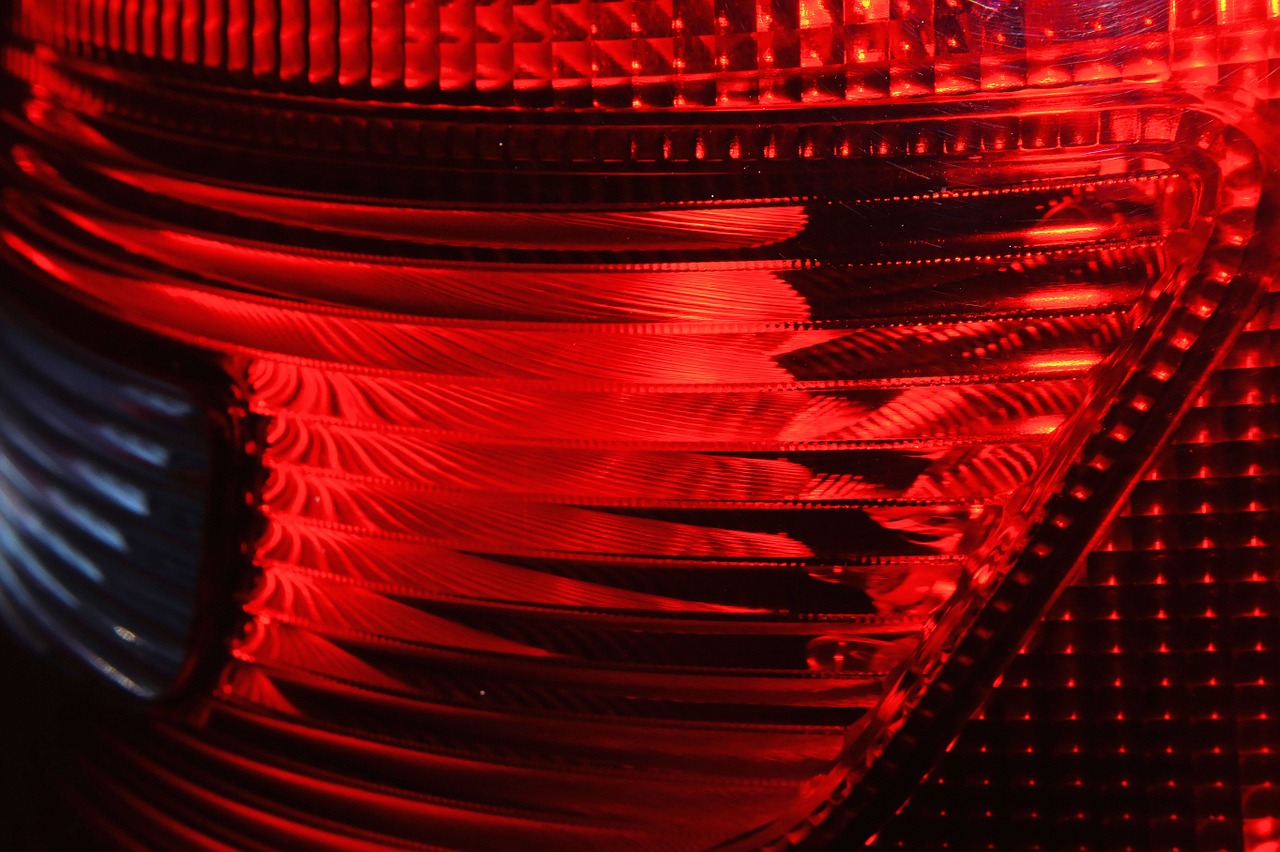
Not a usual modification for business vehicles, but undercar neon lights are extremely popular with young drivers, so it is important to know just what the legalities are in regards to this – as the law can be quite confusing.
With that in mind, it is worth leafing through The Road Vehicles Lighting Regulations 1989 to make sure you fully understand the rules before installing undercar lights.
Please bear in mind that some of the following rules will change over time, so the above source should be regarded as the definitive guide to undercar neon lights:
- Neon tubes must not be visible from under the car. Only the light or glow emitted should be seen so that they do not to create a distraction to other drivers.
- Flashing or rotating lights are not permitted unless found on breakdown or emergency vehicles.
- Green lights are not to be permitted on a vehicle at all. Red lights are only allowed on the back of a vehicle, though white lights are permitted at the front of a vehicle.
- In regards to LED lights on windscreen wipers, they are generally not permitted, especially if they happen to be any colour other than white or yellow.
- All lights that are not permitted by law on the outside of a vehicle are not permitted on the inside of a vehicle if the light is viewable from the outside.
- All modified lights must be controlled with an independent switch outside of the vehicle’s standard lighting controls.
Bear in mind that depending on the situation, the police may be more lenient in regards to whether they think that the modifications are distracting to other drivers or not.
Licence plates

Licence, or number plates, are an important part of all vehicles, and although you are allowed to have your own personalised plates, it is illegal to modify or rearrange them so that they are hard to read.
Rules on number plates:
- All number plates should be made from a reflective material
- Black letters and characters must be displayed against a white background on all front facing plates.
- Black letters and characters must be displayed against a yellow background on all rear facing plates.
- No licence plates are permitted to have a background pattern.
- It is permitted for letters and characters to be set in a 3D manner.
- All motorcycle and tricycle plates must contain letters and numbers over two lines.
Additionally, all letters on a licence plate must be of a certain height and size. For more information on what those measurements are, click here.
If number plates are found not to comply with the law, this could result in a £100 fine, with the DVLA being notified of the offence. This means that even if you have paid for the plates, the DVLA can suspend or remove them as the authority owns the plates – the owner of the vehicle merely pays for the privilege to use them.
You can find out how to buy a personal plate here, or check out a list of banned plates, here.
Laser and Radar Detectors
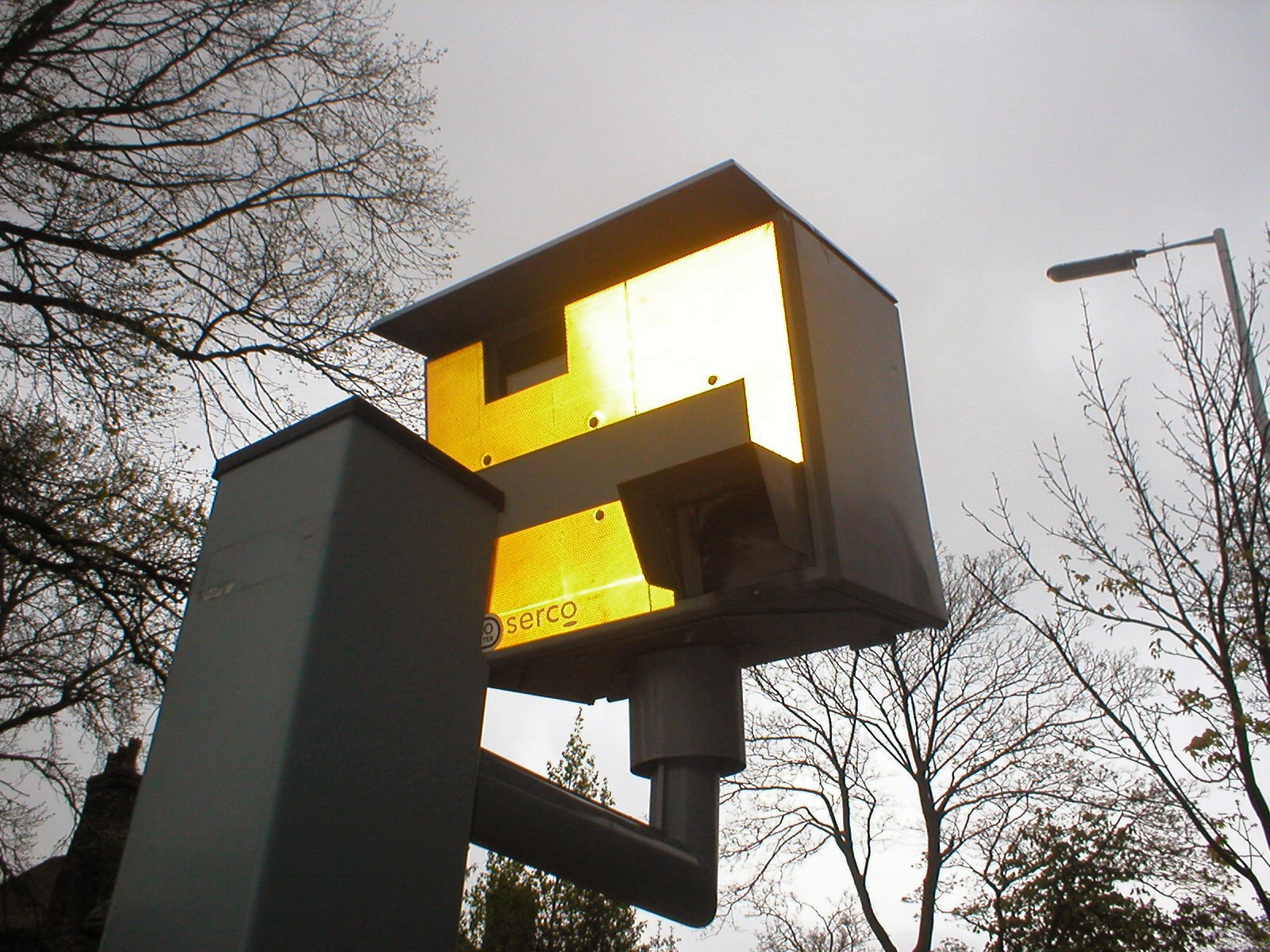
Certainly an addition that isn’t on the average business vehicle, but it is important to know just where the law stands, especially if you happen to be heading to Europe any time soon.
Firstly, it is important to realise that laser and radar detectors are not designed to make driving safer, but merely to make drivers aware of oncoming speed traps – meaning that vehicles that have them installed are usually driven by drivers who tend to speed.
Although for now, these devices are perfectly legal in the UK, this is not the case in many European countries.
At the moment there are three main types of detectors:
- GPS based detectors contain the locations of static cameras throughout the country. These are legal in the UK.
- Radar detectors scan the oncoming road for signals emitted by an array of speed cameras. Again, these are legal in the UK.
- Jammers work to distort or jam the signals emitted by speed cameras. These are completely illegal, both to sell and to have installed in a vehicle.
